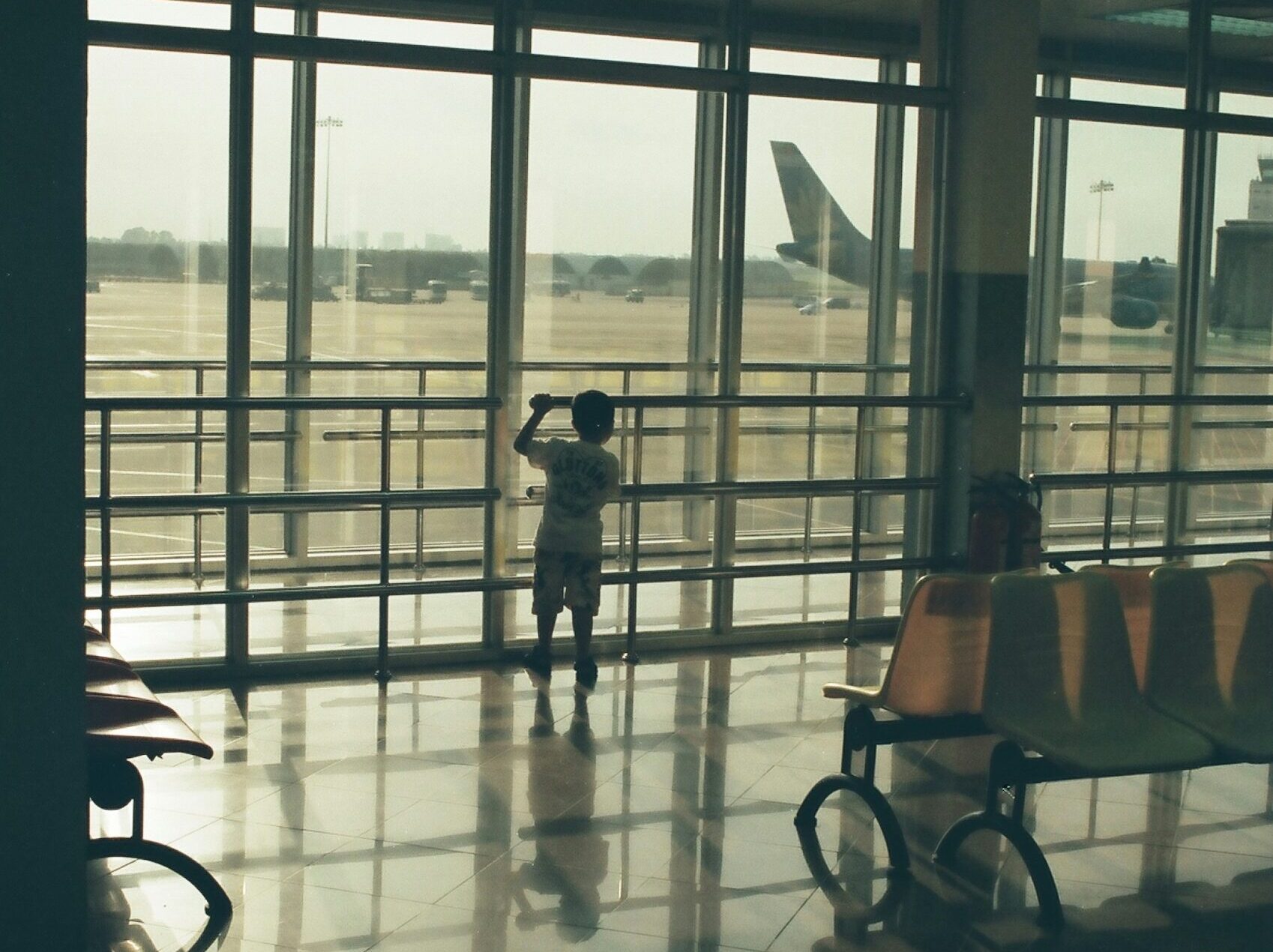Alaska Airlines to Acquire Hawaiian Airlines in $1.9 Billion Deal
The merger between the two U.S. airlines will be subject to tough scrutiny from anti-trust Biden administration
by Lauren Smith
December 4, 2023
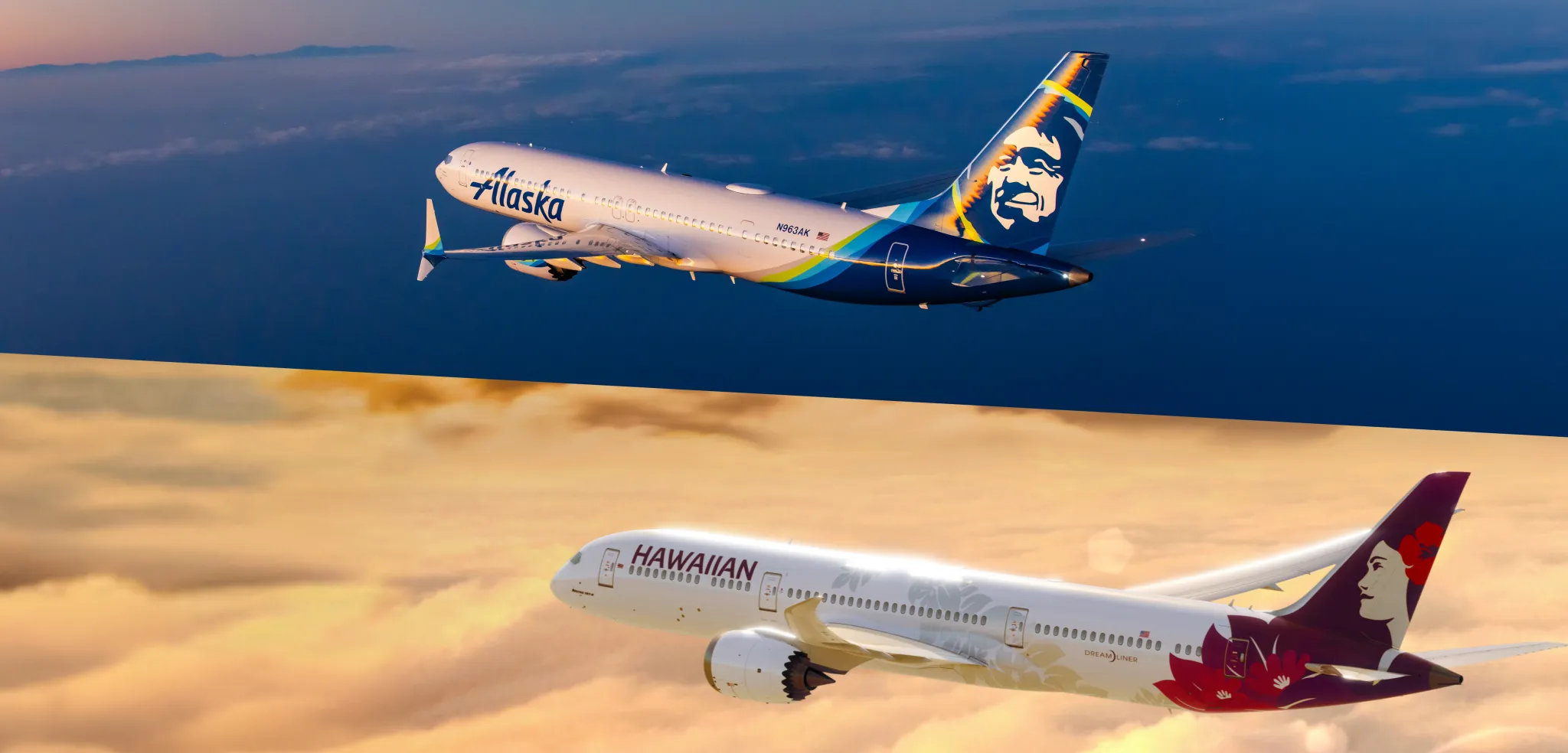
Photo: Courtesy of Alaska Airlines
Alaska Airlines has agreed to acquire Hawaiian Airlines for $1.9 billion, a move that will provide greater connectivity for travelers but also puts the Seattle-based carrier on a collision course with the Biden administration.
The Alaska Air Group will pay $18 in cash for each share of Hawaiian Airlines, four times the stock’s closing price on Friday following a year of heavy losses. The Honolulu-based carrier has been battered by wildfires in Maui in August, high fuel costs, and a recall of the engines in its Airbus A321neos, and its share price has slid 65% since January.
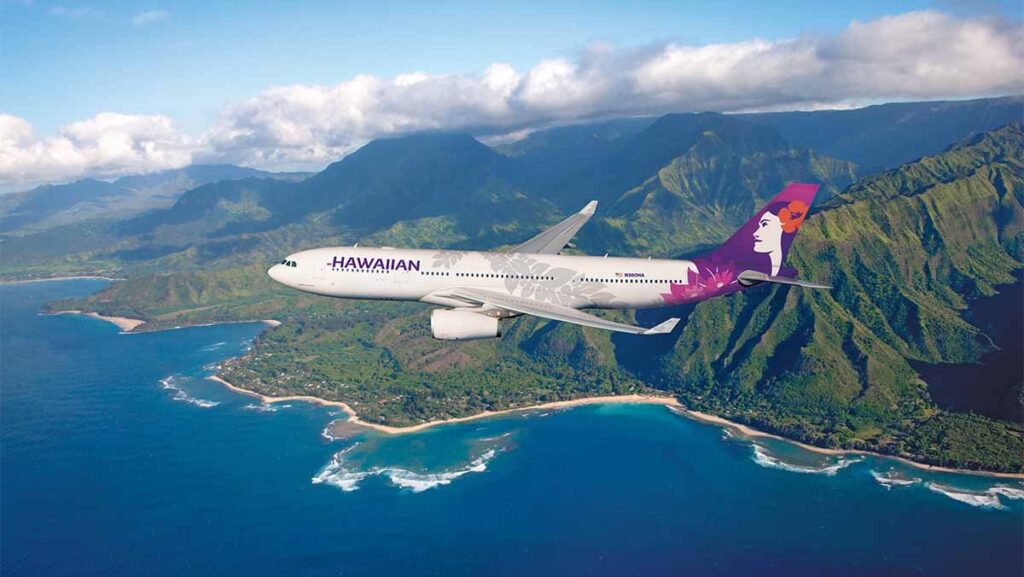
Photo: Courtesy of Hawaiian Airlines
Alaska Airlines will also cover $900 million of debt carried by Hawaiian, taking the deal’s total value to $1.9 billion.
Alaska Airlines is the country’s fifth largest carrier, trailing the Big Four, while Hawaiian is the 16th. The merger of the complementary networks focused on the West Coast would give passengers access to 138 destinations, including direct service to 29 international locations in the Americas, Asia, Australia, and the Pacific islands, Alaska said.
The number of U.S. destinations Hawaiian residents can reach with just one stop will also triple.
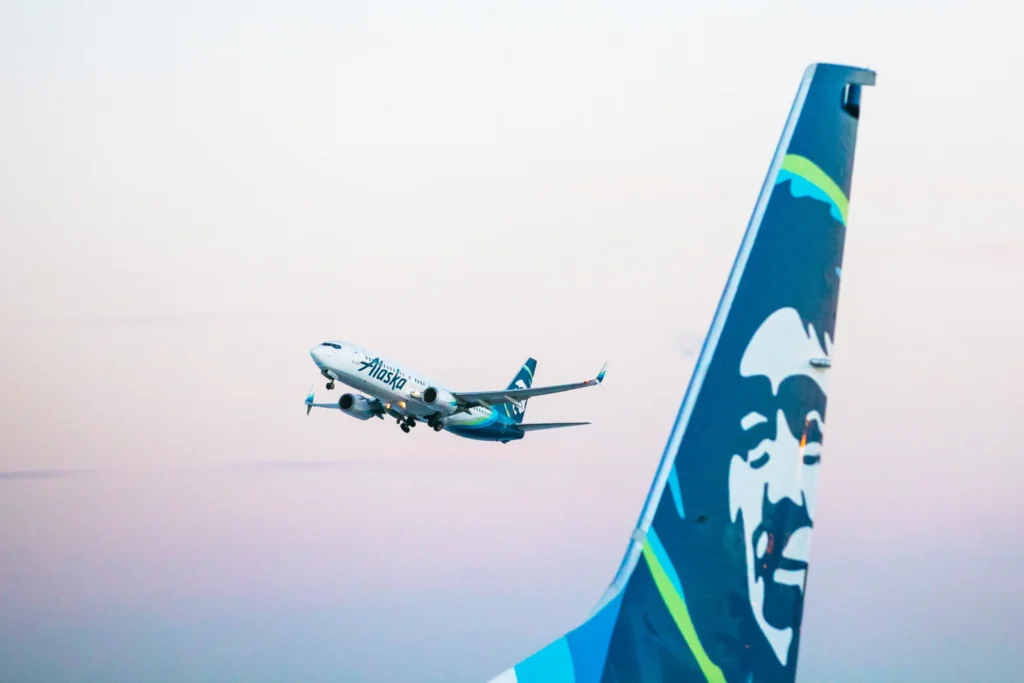
Photo: Courtesy of Alaska Airlines
Following the merger, Alaska will control more than half of the market for flights to Hawai’i, which draws more than 10 million visitors annually as one of the world’s top tourist destinations.
“This is where people want to come spend time and vacation and have weddings and anniversaries. This is something that we believe will remain strong for years to come,” said Alaska Airlines CEO Ben Minicucci, who would head up the merged carrier.
Two Brands, One Company
The company will retain both airlines’ brands, with Alaska tipping its hat to Hawai’i Airlines’ nearly century-long history. The airline was founded in 1929 as Inter-Island Airways and has played a key role in connecting the Hawaiian islands and bridging the distance between the state and the U.S. mainland.
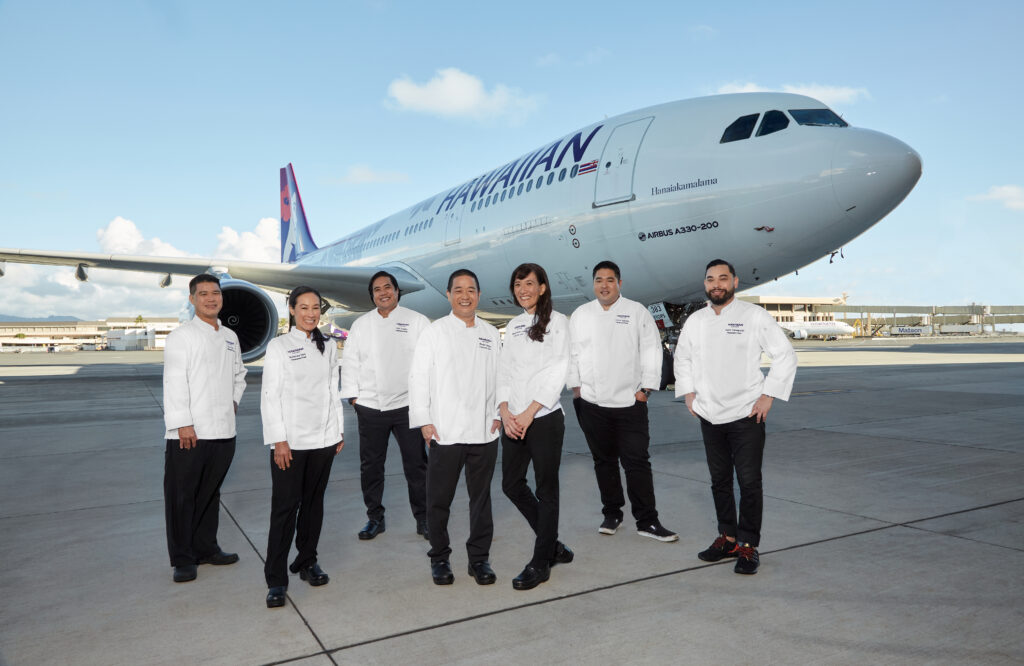
Photo: Courtesy of Hawaiian Airlines
Honolulu will remain a key hub for the carrier, and Alaska is “committed to maintaining and growing union-represented workforce” in Hawaii.
“We have a longstanding and deep respect for Hawaiian Airlines, for their role as a top employer in Hawai’i, and for how their brand and people carry the warm culture of aloha around the globe,” Minicucci said.
Mixed Airbus & Boeing Fleet
Airbus manufactures two-thirds of Hawaiian’s fleet of commercial jets, while Alaska currently operates a fleet of Boeing 737s. Minicucci said the merged airline will fly a mixed fleet for now but didn’t rule out future rationalization.
Brain Sumers, a renowned airline industry expert and editor of The Airline Observer, was also confident that the deal would go ahead, calling it “smart management” by Alaska and an opportunity for the carrier to become a truly global airline if it manages to turn Honolulu into a strategic hub between the West Coast and the Asia-Pacific region.
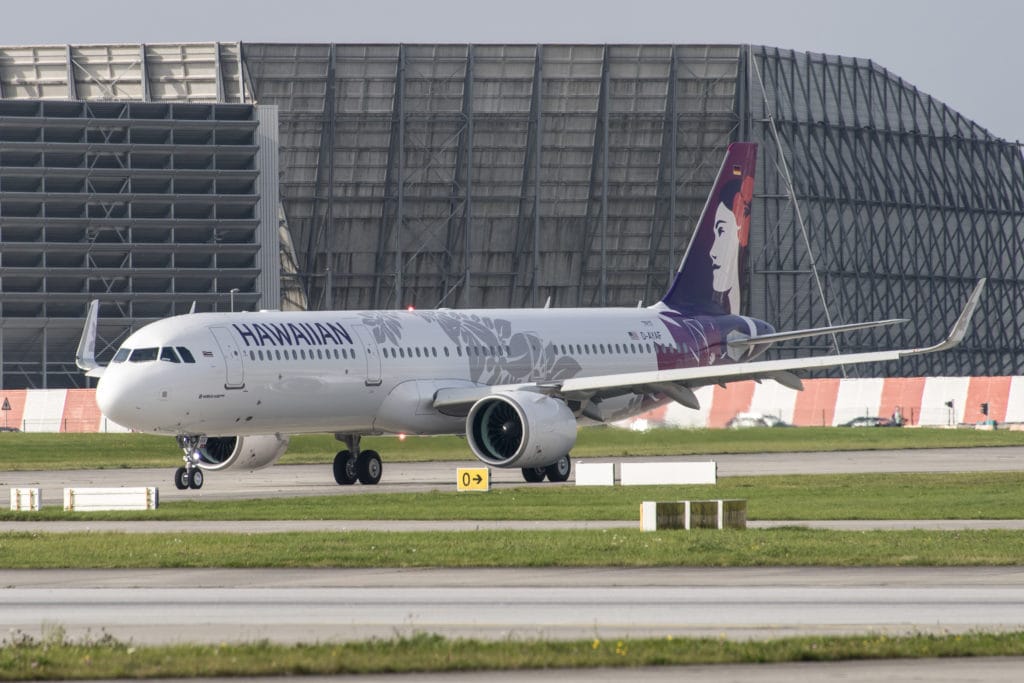
Photo: Courtesy of Christian Brinkmann / Airbus
“By spring, when the 787s arrive, Hawaiian will operate four airplane types, not one of which is the 737 preferred by Alaska. I’m sure some of you who work in operations are shaking your heads, already wondering if Alaska can possibly make this work. I say: let’s give it a chance,” Sumers says.
Already approved by the boards of both companies, the proposed deal now needs the sanction of Hawaiian Holdings shareholders.
Minicucci defended the 270% premium Alaska will pay for Hawaiian shares, saying the deal values the airline at 0.7 times its annual revenue, lower than the 1.7 times standard in the industry.
Alaska lost $159.3 million in the first nine months of 2023 but has historically been profitable, with operating margins in the mid-teens between 2010 and the pandemic.
The deal may be a tougher sell for U.S. regulators. Under the Biden administration, the Department of Justice (DOJ) has taken a tough stance on airline mergers, saying they could push up airfares.
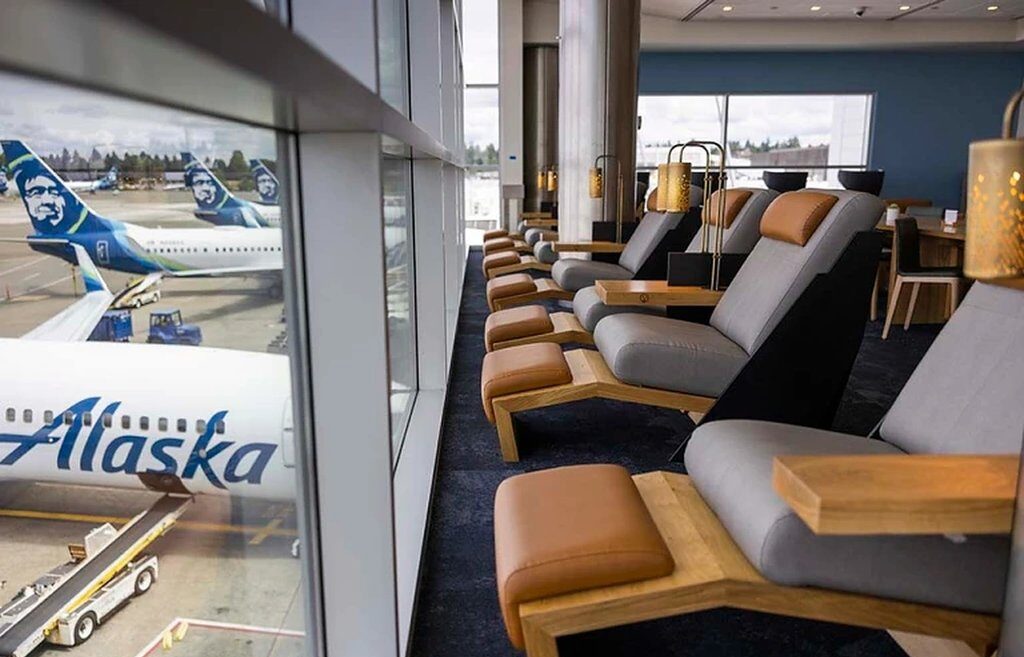
Photo: Courtesy of Alaska Airlines
The DOJ successfully sued to halt a partnership between American Airlines and JetBlue in the busy Northeast and is trying to block JetBlue’s $3.8 billion acquisition of low-cost rival Spirit Airlines.
However, Minicucci said he was confident the merger would receive the green light by the end of 2024 because the airlines overlap on just a dozen of the 1,400 flights they collectively operate.
Sumers also claimed that Alaska Airlines is in a better position strategically than JetBlue when it tried to acquire Spirit Airlines, an attempted takeover that ultimately failed.
“Making this merger work won’t be easy, and I have no idea how the U.S. Department of Justice will react to it, or whether a competitor will try to outbid Alaska,” said Sumers. “But I like how Alaska’s management team handled the Virgin acquisition, and I suspect it can leverage what it learned then to make this tie-up work.
“Unlike JetBlue, Alaska has its own business in order, which should allow management to spend the bulk of its time making sure the Hawaiian deal goes through as seamlessly as possible.”
However, Sumers was skeptical of Alaska’s supposed ambition to retain Hawaiian Airlines’ brand. But while he claimed this practice is uncommon in the U.S., he suggested this may be due to Alaska’s concern that loyal Hawaiian customers will defect to other airlines instead of switching to Alaska if the brand is dropped.
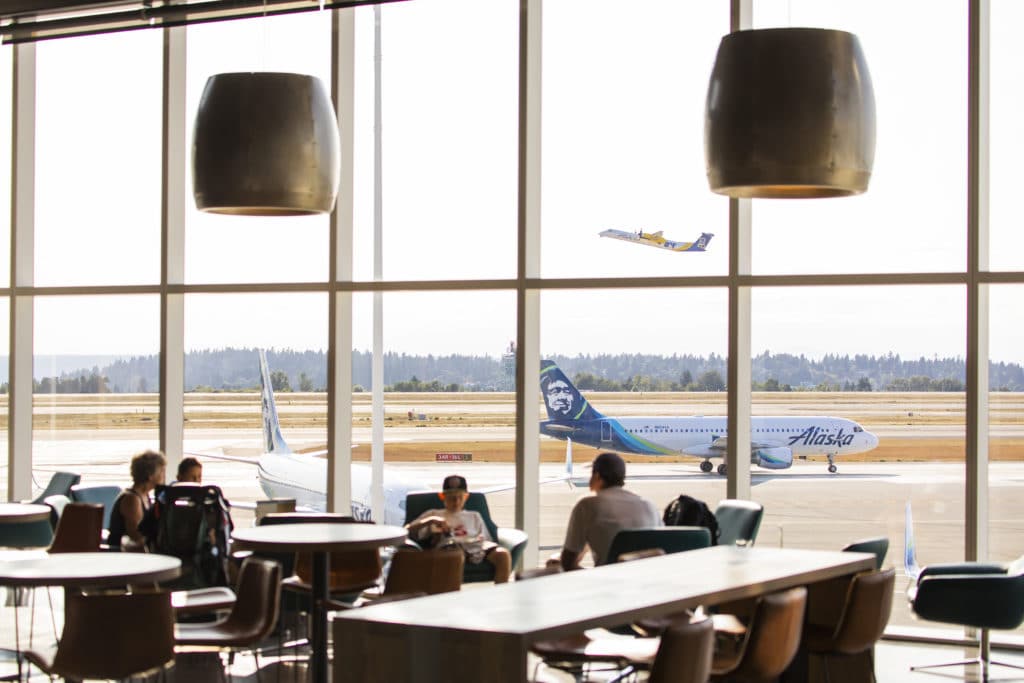
Photo: Courtesy of Alaska Airlines
According to Sumers, despite the significant risk involved in the transaction, Hawaiian Airlines has not been successful lately. Its Asia-Pacific franchise, especially in Japan, is not as strong as it used to be, and its inter-island operation is facing competition from Southwest. The airline’s Hawaii-to-mainland operation is also struggling, with no new ideas for aircraft placement. Sumers was not impressed with the three new route additions announced last week, which included Salt Lake City to Honolulu, and Sacramento to Lihue and Kona. He wondered if that was all they had to offer.
Time will tell.



